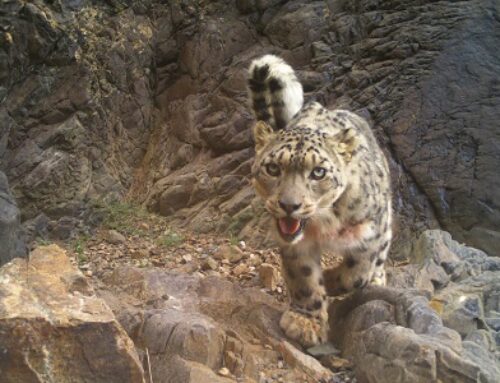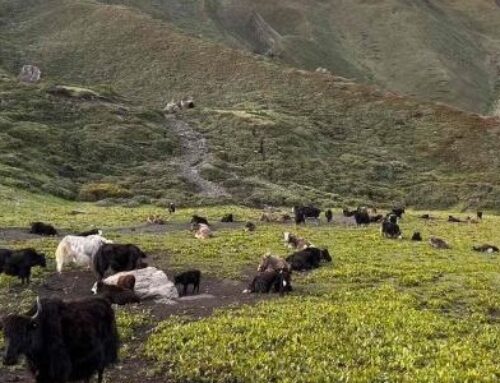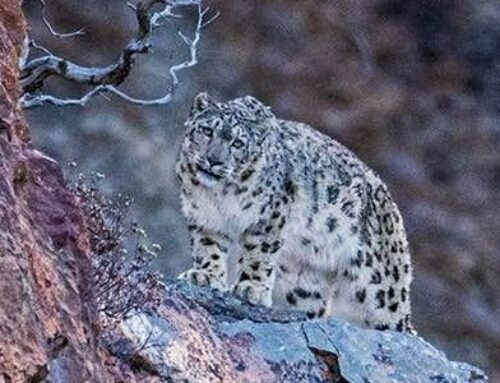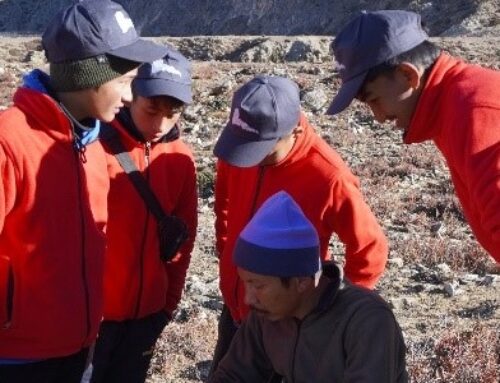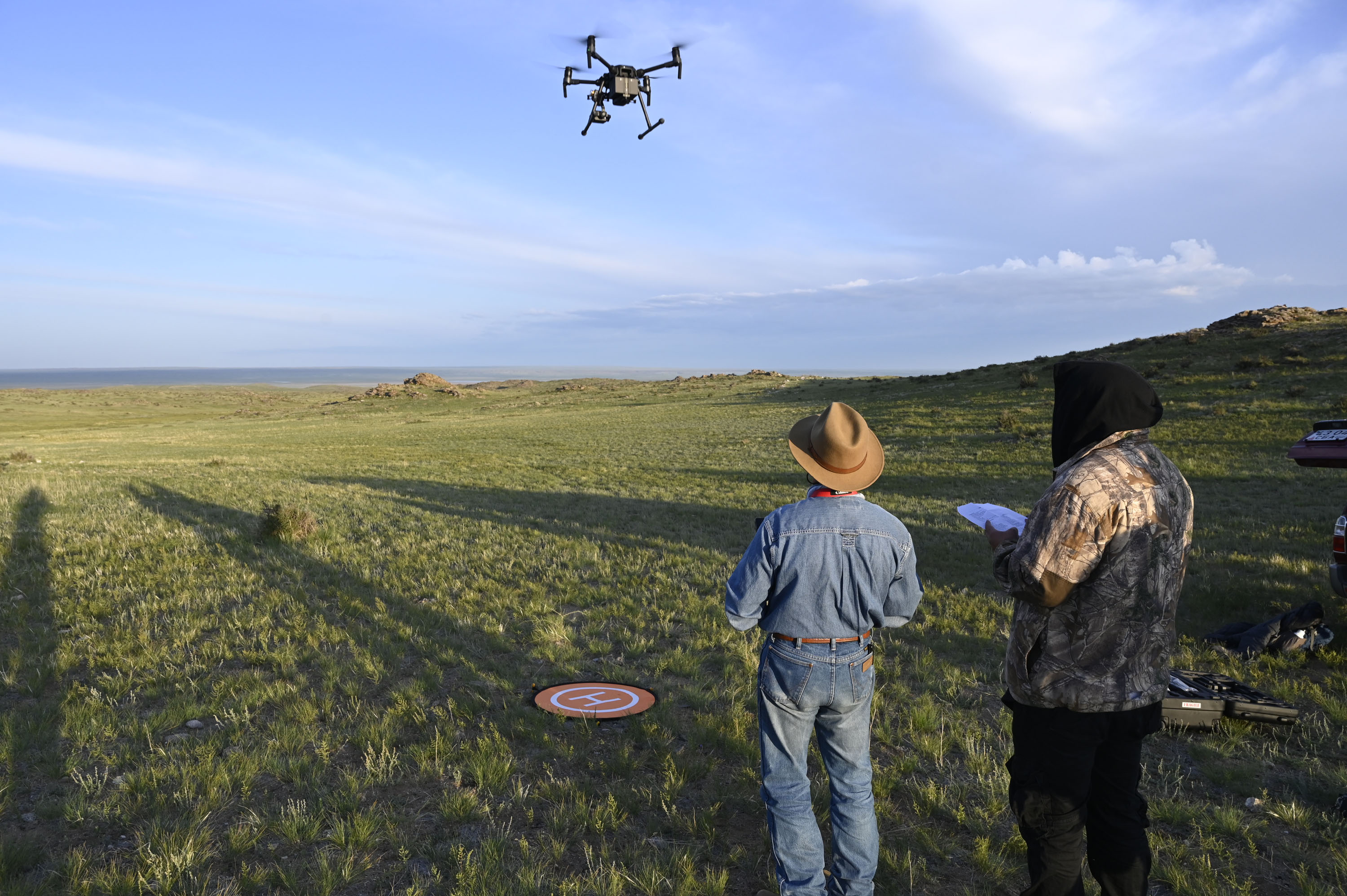
Last month, a group of dedicated researchers traveled to Mongolia to test drone (UAV) technology in the assessment of abundance of snow leopard prey species. Rodney Jackson, the Conservancy’s Director was accompanied by Don Hunter of the Rocky Mountain Cat Conservancy, Bayaraa Munkhtsog of Mongolia, and videographer Ben Hunter of the Isaacson School for New Media, Colorado Mountain College.
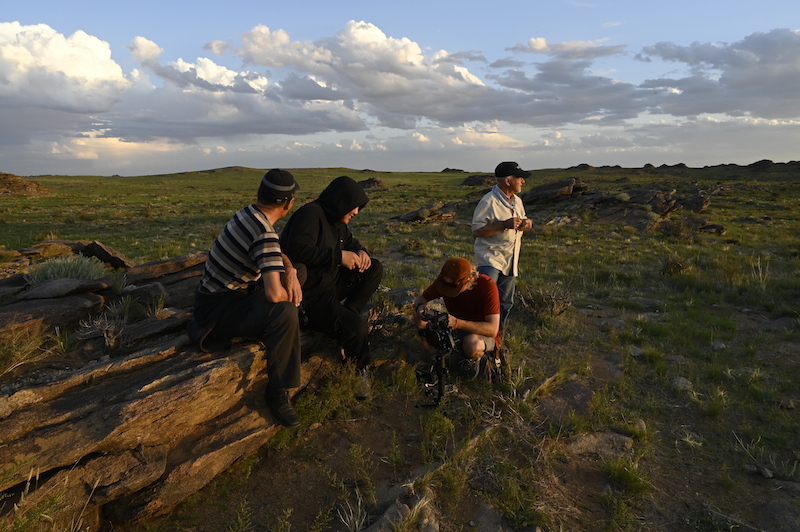
Snow leopards face extinction due to a wide variety of threats, including retributive killing, poaching, prey depletion, and habitat loss and disruption. In order to help this species survive, it’s important to know their numbers, distribution, and characteristic behaviors. However, being an inhabitant of a high-mountain environment, snow leopards are very difficult to locate and study. Newer non-invasive research methods like trail cameras and fecal genotyping have been helpful, but there still remains the question as to how many snow leopards remain in the wild.
Given that it is very difficult and expensive to count the cats, an easier, less-expensive alternative is assessing the abundance of their large prey species like ibex, argali, and blue sheep. Snow leopards and other predators thrive in areas with a healthy and stable prey base. Therefore, one can infer snow leopard population capacity based on the number of available prey, including wild and domestic ungulates (hoofed stock).
Given that it is very difficult and expensive to count the cats, an easier, less-expensive alternative is assessing the abundance of their large prey species like ibex, argali, and blue sheep. Snow leopards and other predators thrive in areas with a healthy and stable prey base. Therefore, one can infer snow leopard population capacity based on the number of available prey, including wild and domestic ungulates (hoofed stock).
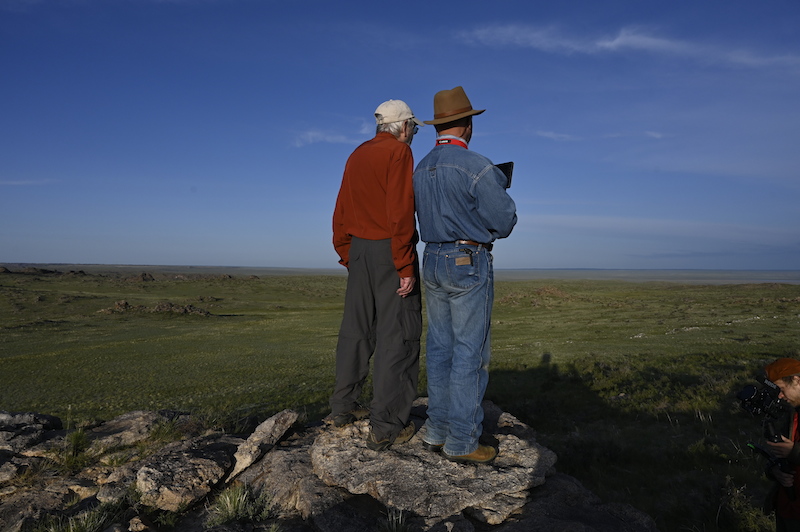
Some wild ungulates are easier to observe as they prefer open terrain, but they still occupy a vast habitat. In recent years, drones armed with infrared thermal (temperature) sensors have proven effective for rapidly surveying more habitat than is possible by a person walking along transects and counting the wildlife encountered.

After successfully testing drone technology in Colorado surveying deer (mountain lion prey), a study was conducted in August of this year in Mongolia’s Ikh Nart Nature Reserve in the East Gobi Province and Toost Uul Community Reserve in the South Gobi. A commercial-grade drone, utilizing thermography and a powerful zoom lens, was deployed to detect and assess numbers of argali and ibex.
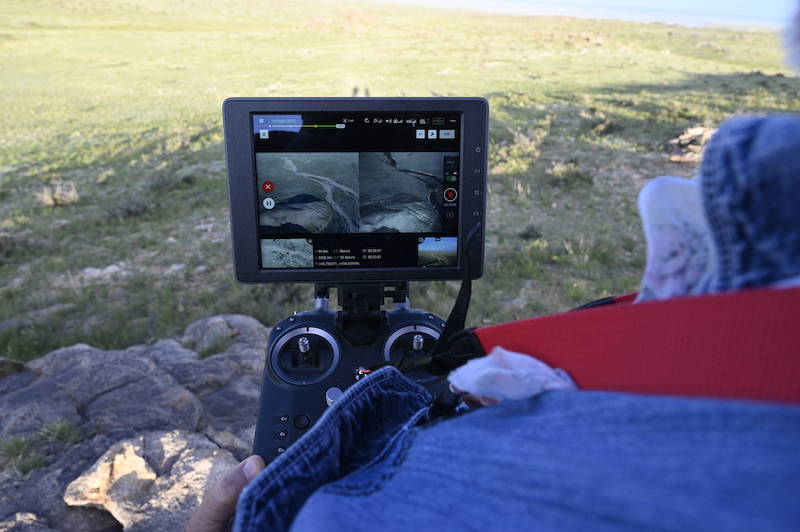
Though preliminary, the results are very encouraging. The team was able to detect a total of 24 argali along one 4-km (2.5-mile) transect. Over the past ten years, such transects have been monitored annually by observers searching a belt one kilometer (approx. 1,100 yards) on either side; their highest count was a mere nine individuals. By contrast, flying at 300 ft, the drone was able to cover a wider swath, including “looking” behind rocky outcrops where the wild sheep tend to seek cover. In all, it was a very promising start to a project that needs further study.

Some wild ungulates are easier to observe as they prefer open terrain, but they still occupy a vast habitat. In recent years, drones armed with infrared thermal (temperature) sensors have proven effective for rapidly surveying more habitat than is possible by a person walking along transects and counting the wildlife encountered.
After successfully testing drone technology in Colorado surveying deer (mountain lion prey), a study was conducted in August of this year in Mongolia’s Ikh Nart Nature Reserve in the East Gobi Province and Toost Uul Community Reserve in the South Gobi. A commercial-grade drone, utilizing thermography and a powerful zoom lens, was deployed to detect and assess numbers of argali and ibex.


Though preliminary, the results are very encouraging. The team was able to detect a total of 24 argali along one 4-km (2.5-mile) transect. Over the past ten years, such transects have been monitored annually by observers searching a belt one kilometer (approx. 1,100 yards) on either side; their highest count was a mere nine individuals. By contrast, flying at 300 ft, the drone was able to cover a wider swath, including “looking” behind rocky outcrops where the wild sheep tend to seek cover. In all, it was a very promising start to a project that needs further study.

